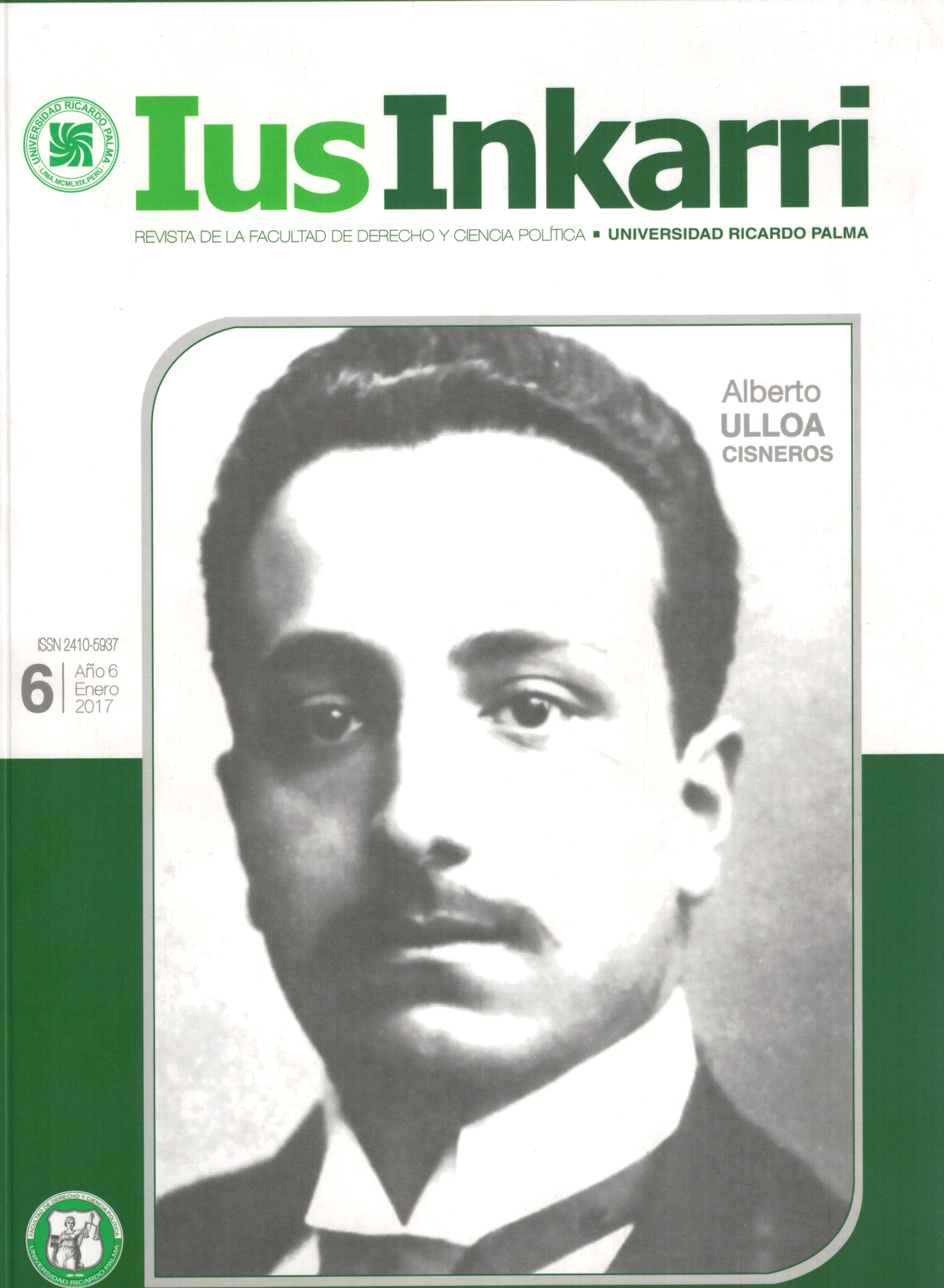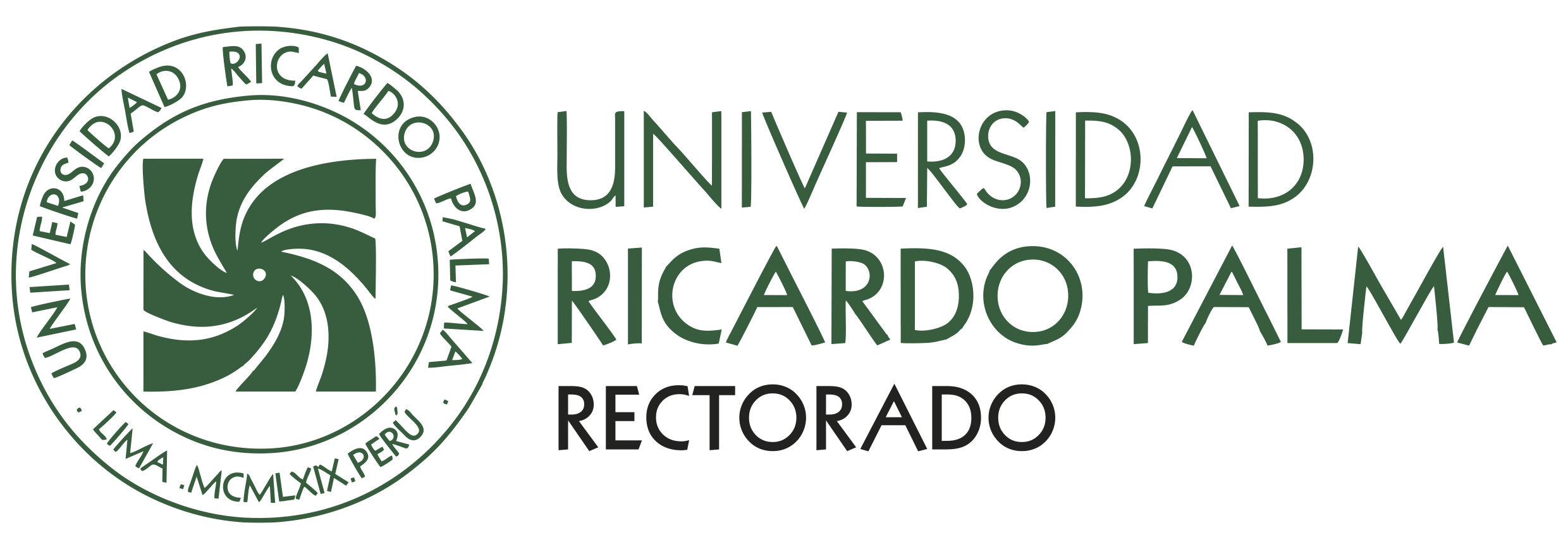The challenges of law against the advance of new technologies in assisted human reproduction: A case of surrogate
DOI:
https://doi.org/10.31381/iusinkarri.vn6.1235Keywords:
Belly of surrogacy, Belly of solidarity, Belly of rent, Techniques of assisted human reproduction, Filiation, Genetic law, Family law, Bioethics, Bioterrorism, Biojuridic, BiotechnologyAbstract
The so-called Assisted Human Reproduction Techniques (TERAS) constitute a true technological revolution that is being applied to human life and procreation. The so-called “miracles” of modern science have made it possible to solve one of the problems of greatest concern for the human being: infertility. In Peru, there is no specific regulation on these techniques, beyond what is established in Article 7 of the General Health Law; being that the use of TERAS, including the so-called “surrogate belly” are an increasingly frequent reality in our country. The present article raises some reflections on the new challenges that face the right before the new technologies, in the matter of assisted human reproduction; from an amparo process in which the filiation of two minors (twins) procreated through these techniques and with the support of a pregnant-collaborator is discussed. That is to say, a case of “surrogate belly” in the modality of “solidary belly”, whose firm sentence recognizes the motherhood of those who did not bring the ovum, nor carried out the gestation. It is a resolution that declares as a mother, for all its legal and non-legal effects, who had exclusively the will to procreate, proposing a new assumption of affiliation, “affective-social” type, which generates jurisprudence in this matter.
Downloads
References
BARRIOS, I. El Boom de las Madres Abuelas. Sin Mordaza. Argentina. Lunes 20 de abril de 2015. (Fecha de consulta 14 de julio de 2017) Disponible en: http://www.sinmordaza.com/noticia/298855-el-boom-de-las-madres-abuelas.html.
CELIS LÓPEZ, A. (2012). “Inseminación intrauterina en el momento actual” en Revista Peruana de Ginecología y Obstetricia. Vol.58 (2).
GUASTINI, R. “Estudios sobre la Interpretación Jurídica”. Editorial Porrúa. Universidad Nacional Autónoma de México. Quinta edición, 2003. México
LLERENA CANO, G. (2014). Veinticinco años de Reproducción Humana Asistida en el Perú. En Vox Juris. Vol.28 (2).
MINISTERIO DE SALUD (MINSA). Ley Nº 26842. Ley General de Salud. (Fecha de consulta 23 de agosto). Disponible en: http://www.minsa.gob.pe/renhice/documentos/normativa/Ley%2026842-1997%20-%20Ley%20General%20de%20Salud%20Concordada.pdf.
ORGANIZACIÓN MUNDIAL DE LA SALUD (OMS) & INTERNATIONAL COMMITTEE FOR MONITORING ASSISTED REPRODUCTIVE TECHNOLOGY (ICMART). Glosario de terminología en Técnicas de Reproducción Asistida (TRA). (Fecha de consulta 24 de agosto de 2017). Disponible en: http://www.who.int/reproductivehealth/publications/infertility/art_terminology_es.pdf?ua=1
RODRÍGUEZ-CADILLA PONCE, M. (2016) Implicancias bioéticas y biojurídicas de las Técnicas de Reproducción Asistida en el caso de la llamada maternidad tardía. Tesis para optar por el grado de Magíster. Universidad Católica Santo Toribio de Mogrovejo (USAT) Lima-Chiclayo. (Inédita)
SIVERINO, P. (2012). Una mirada desde la bioética jurídica a las cuestiones legales sobre la infertilidad en el Perú. Revista Peruana de ginecología y obstetricia. Nº 58. (Fecha de consulta 12 de julio de 2017). Disponible en: http://sisbib.unmsm.edu.pe/bvrevistas/ginecologia/vol58_n3/pdf/a09v58n3.pdf
SIVERINO, Paula. (2010) ¿Quién llamó a la cigüeña? Maternidad impugnada e identidad genética, reflexiones a propósito de dos sentencias peruanas. Revista Jurídica UCES. (Fecha de consulta 12 de julio de 2017) Disponible en: http://dspace.uces.edu.ar:8180/xmlui/bitstream/handle/123456789/906/Quien_llamo_cig_Silverino.pdf?sequence=1
VARSI ROSPIGLIOSI, Enrique (1995). Derecho genético: principios generales. Lima, Editora Normas Legales.
PERIÓDICOS DE INTERNET (LINKS)
DIARIO EL COMERCIO. Peruanas ofrecen alquilar su vientre a S/.70 mil en internet. Domingo 22 de junio del 2014. Disponible en: http://elcomercio.pe/sociedad/lima/peruanas-ofrecen-alquilar-su-vientre-s70-mil-internet-noticia-1737829 (fecha de consulta 4 de setiembre del 2017)
DIARIO REPÚBLICA. Récord de bebés nacidos por Fecundación In Vitro en Estados Unidos. Martes 18 de febrero de 2014 http://pequelia.republica.com/preconcepcion/record-de-bebes-nacidos-por-fecundacion-in-vitro-en-estados-unidos.html (fecha de consulta 10 de junio de 2017)
DOC.SALUD. El Nobel de Medicina fue para Robert Edwards, padre de fecundación in vitro. Lunes 4 de octubre de 2010. Cfr. http://www.docsalud.com/articulo/1264/el-nobel-de-medicina-fue-para-robert-edwards-padre-de-fecundaci%C3%B3n-in-vitro (fecha de consulta 5 de septiembre de 2017).
Downloads
Published
How to Cite
Issue
Section
License
Copyright (c) 2018 Ius Inkarri

This work is licensed under a Creative Commons Attribution 4.0 International License.













